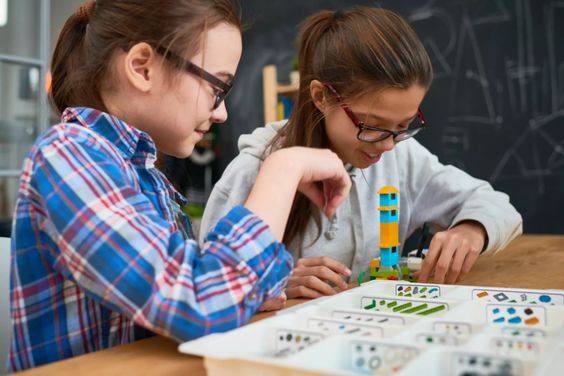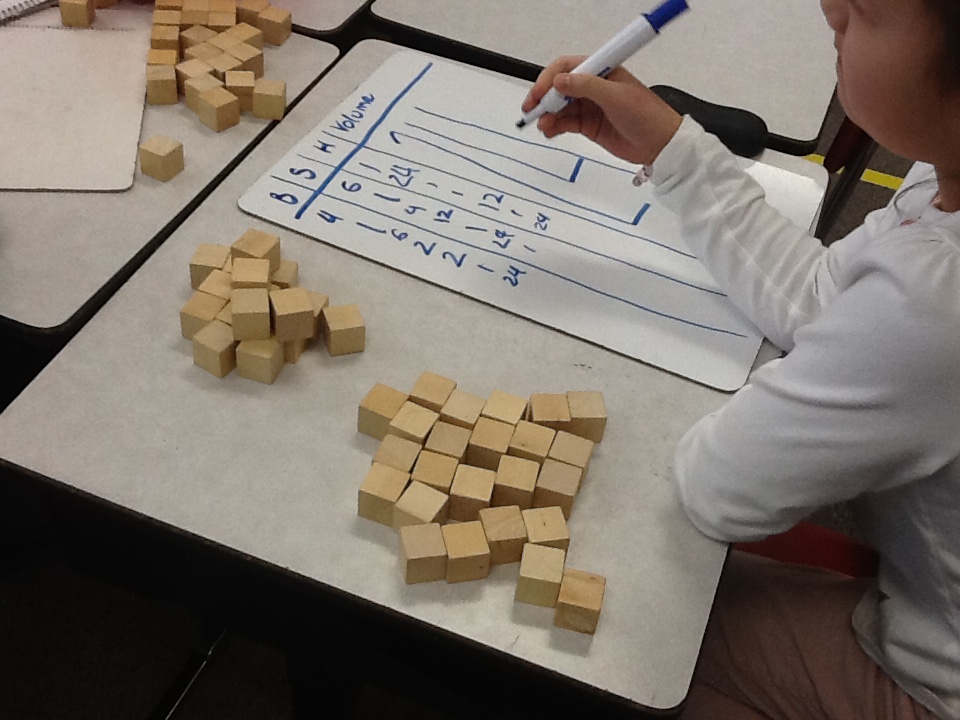Introduction:
Critical thinking is vital for middle school students, as it helps them develop problem-solving skills, make informed decisions, and understand different perspectives. Integrating critical thinking activities into classroom learning experiences can greatly enhance students’ cognitive abilities. The following are 20 engaging critical thinking activities designed for middle school students.
1. Brain Teasers: Use age-appropriate puzzles to challenge students’ cognitive abilities and encourage them to find creative solutions.
2. Socratic Circles: Divide the class into groups and encourage them to participate in a philosophical discussion on a given topic, asking questions that stimulate critical thinking and deeper understanding.
3. Compare and Contrast: Assign two similar but different texts for students to compare and contrast, analyzing similarities and differences between each author’s perspective.
4. What-If Questions: Encourage children to think critically about hypothetical scenarios by asking what-if questions, such as “What if the internet didn’t exist?”
5. Debate Club: Organize a debate club where students are encouraged to research and defend differing viewpoints on a topic.
6. Mind Mapping: Teach students how to create a mind map – a visual representation of their thoughts – to help them brainstorm complex issues effectively.
7. Mystery Bag: In small groups, give students a bag containing several random objects and ask them to invent an innovative product or story using all items in the bag.
8. Critical Thinking Journal: Have students maintain journals where they analyze their thought processes after completing activities, promoting self-reflection and metacognition.
9. Moral Dilemmas: Present students with moral dilemmas, requiring them to weigh pros and cons before making ethical decisions.
10. Fact or Opinion?: Give students various statements and ask them to differentiate between fact or opinion, helping them build critical thinking skills when handling information.
11. Research Projects: Assign project topics that require deep research from multiple sources, developing students’ abilities to sift through information and synthesize their findings.
12. Think-Pair-Share: Have students think individually about a complex question, then pair up to discuss their thoughts, and finally share with the class.
13. Art Interpretation: Display an artwork and ask students to interpret its meaning, theme, or message, pushing them to look beyond the surface.
14. Reverse Role Play: Assign roles for a scenario where students exchange positions (e.g., teacher-student, parent-child), fostering empathetic understanding and critical thinking skills.
15. Critical Evaluation of Media: Analyze news articles, commercials, or social media posts by asking questions about their purpose, target audience, and accuracy.
16. Six Thinking Hats: Teach students Edward de Bono’s “Six Thinking Hats” technique to improve critical thinking by exploring diverse perspectives when solving problems.
17. Analogy Building: Encourage students to create analogies from one concept to another, enhancing abstract thinking and problem-solving abilities.
18. Current Events Analysis: Keep track of current events and have students critically evaluate news stories or blog posts to encourage informed decision-making in real-world contexts.
19. Brainstorming Sessions: Hold group brainstorming sessions where students invent solutions for complex problems while practicing active listening and critical thinking.
20. Reflection Activities: Use reflective writing prompts at the end of lessons or activities to foster metacognition, self-awareness, and the development of critical thinking skills.
Conclusion:
Critical thinking activities are vital for middle schoolers as they foster intellectual growth and prepare them for future learning experiences. By incorporating these 20 activities into your classroom curriculum, you can help students develop essential critical thinking skills that will serve them throughout their academic careers and beyond.











